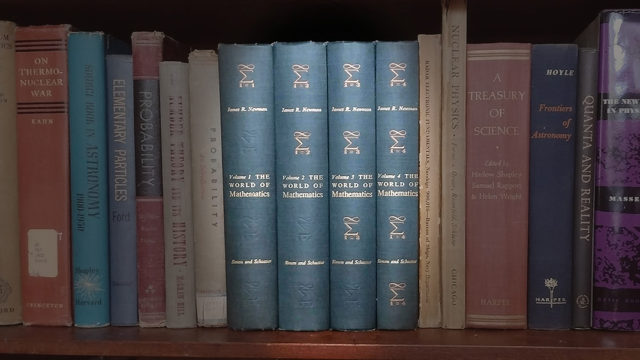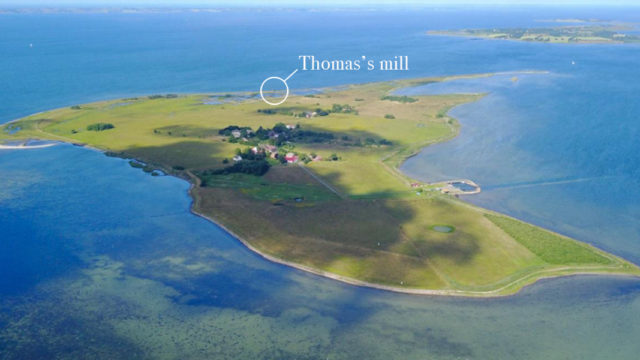I used to have insane completionist fantasies. At eighteen, when I first entered the stacks of Harvard’s Widener Library, I thought how great it would be to start in the northeast corner of the top floor and read everything until I reached the southwest corner of the basement. Widener Library holds 3.5 million books. Less delusional, but still impractical—considering what a slow reader I am, and how many different subjects are always simultaneously attracting me—when I get interested in a writer, I want to read all their books in the order in which they were written. For example, I would love some day to read Nabokov’s Ada, a favorite of my older daughter, but after reading Lolita, Pale Fire, and Pnin years ago, I became “interested” in Nabokov, which meant I had to start at the beginning. With breaks of months or years between books, during which I’ve continued my glacial progress through other writers’ complete oeuvres, I’ve now read all nine of Nabokov’s Russian novels, but I still have two unread English-language novels between me and Ada. Every now and then my daughter asks me when the hell I’m going to get around to reading this book she’s been urging on me for a decade.
Tag: Mette
Thomas’s mill
The reason Denmark shows up in two of my novels is that I have a friend there, whom I first met thirty-nine years ago in Greece. I had been cycling solo for nine months, and he was cycling with his partner, and I shamelessly threw myself on the two of them because Christmas was three weeks away and I didn’t want to spend it alone. Ten years ago, when I was writing early notes for The Stone Loves the World, I consulted with this friend on Danish windmills, because I already knew that I wanted my character, Thomas, to be living in one. My friend knows a lot about Danish mills, because he knows a lot about pretty much every aspect of Danish culture and history. He showed me photographs and diagrams of various examples, and recommended that I visit a couple of refurbished mills in the vicinity of his home.
The mill that I fell in love with, however, was one I glimpsed from the deck of a ferry as it was passing the small island of Hjortø, off the southern coast of Funen. The mill was a dark shell without sails standing at the edge of the sea, separated from the rest of the island by a marsh. I could barely make it out in the gloomy rainy weather—it looked like a lighthouse pretending to be a mill, or a mill quixotically trying to behave like a lighthouse. The thing was tiny, but in its sepulchral lonesomeness it seemed grandly romantic.
Steward of chipmunks
Back when there was no internet, and therefore no AbeBooks or Amazon or all the other bookselling entities that Jeff Bezos owns, there was Edward R. Hamilton. Hamilton’s catalog showed up in my mail every few weeks. It was tabloid size, thick, maybe 36 or 48 pages, printed on cheap newsprint, unless it was toilet paper. Scores of discount books were crowded on each page, with postage-stamp-sized black-and-white reproductions of the covers and thumbnail descriptions of the contents in microscopic type. The organization was nuts—books were herded into categories, but the categories stopped and restarted in big chunks and tiny bits, seemingly randomly from page to page. I would read it all the way through, looking for the $5.98 and $2.98 deals.
One of the books I saw on offer was a Smithsonian Nature Book by someone named Lawrence Wishner, titled Eastern Chipmunks: Secrets of Their Solitary Lives. I didn’t buy it. Sure, chipmunks were adorable, but would I ever read it? Continue reading “Steward of chipmunks”


